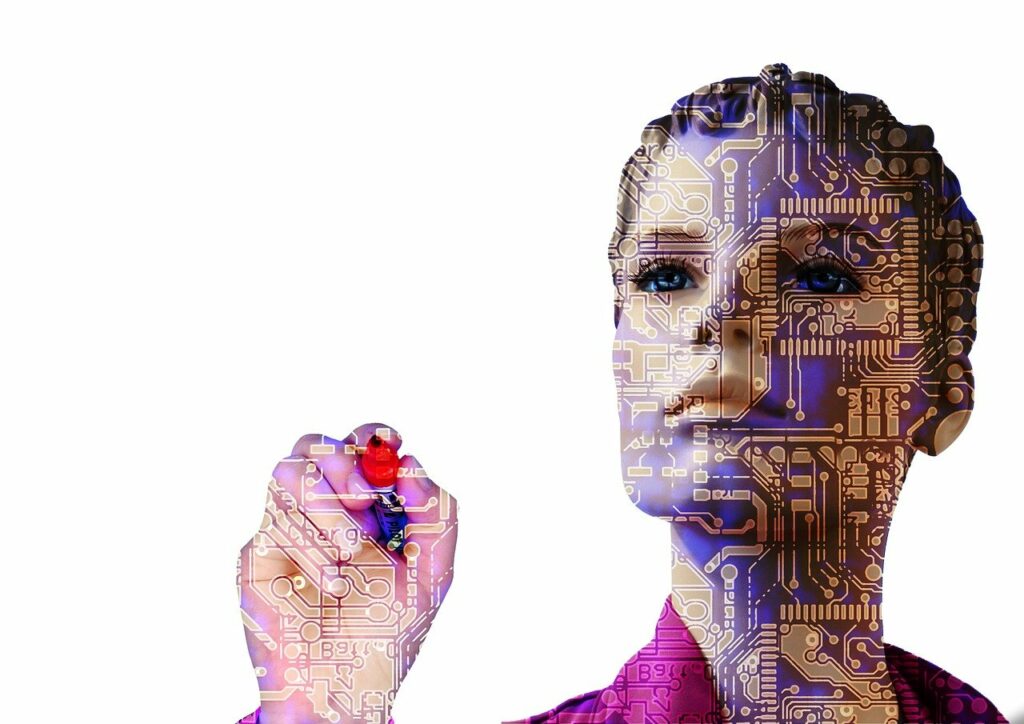- Data center planning is crucial for building the foundation of our digital world and staying ahead in a constantly evolving technology landscape.
- Understanding the core components of modern data centers is essential, including physical elements like servers and cooling systems.
- Advanced connectivity solutions, such as 5G and IoT networks, play a significant role in future-proofing tech infrastructure.
- Cybersecurity is a top priority in the digital age, and integrating AI can be a powerful tool in threat detection and management.
Imagine you’re at the forefront of technology, where every decision you make lays the groundwork for the future. That’s your power when building the next generation of tech infrastructure.
It’s not just about keeping up with the times; it’s about setting the stage for what’s to come. As you embark on this journey, you’ll discover strategies that are not just innovative but also essential for staying ahead in a world where technology evolves at lightning speed.
Pioneering Data Centre Planning for Future Needs
As you dive into data centre planning, think of yourself as an architect designing the heart of our digital world. In Singapore, a fast-rising star in the tech industry, the approach to building data centers has become a blueprint for success.
Here, planning goes beyond the basics; it’s about envisioning a system that’s robust, scalable, and ready to meet the demands of an ever-growing digital economy. It’s not just about housing servers; it’s about creating a powerhouse of connectivity that can propel an entire nation forward.
In this bustling hub, where technology and progress go hand in hand, your role in data centre planning is crucial. You’re not just laying down servers and cables; you’re laying down the digital tracks for the future of commerce, communication, and innovation.
Understanding the Core Components of Modern Data Centres
When you’re in the thick of data center planning, it’s essential to grasp the building blocks that make up the core of a modern data center. Think of it as a puzzle where each piece is critical to the overall picture. These components aren’t just physical—like servers and cooling systems—but also the less tangible ones, such as data security and energy efficiency. These components are being reimagined to create data centers that are not just functional but also pioneers of technology and design.
Embracing Sustainability in Data Centre Construction
Building a data centre in today’s world isn’t just about technological prowess; it’s about doing so responsibly. Sustainable practices in data center construction are no longer optional; they’re imperative. In Singapore’s quest to remain at the forefront of the tech race, these green practices are setting the standard for what it means to be a modern, eco-conscious data centre.
Integrating Advanced Connectivity Solutions

As you look to the horizon, the future of tech infrastructure is shimmering with the promise of advanced connectivity. This isn’t just about faster internet speeds; it’s about creating a web of connections supporting the burgeoning demands of a hyper-connected world. Singapore’s leap into advanced connectivity is a testament to its foresight, ensuring that its tech infrastructure is not just keeping pace but is a step ahead.
The Rise of 5G and its Impact on Infrastructure
The buzzword is 5G, and its impact on tech infrastructure is set to be revolutionary. For you, this means considering how to weave this new wave of connectivity into the very fabric of your data center planning. In Singapore, 5G is becoming the backbone of tech infrastructure, promising speeds and reliability that could redefine how we interact with technology.
Expanding Internet of Things (IoT) Networks
In your journey to build a resilient tech infrastructure, you can’t overlook the Internet of Things (IoT). It’s like a vast ocean of devices all talking to each other, and your infrastructure is the ship that must sail these waters confidently.
For Singapore, a smart nation where technology is almost a way of life, expanding IoT networks is not just a plan on paper; it’s a reality being woven into the very fabric of society. As you plan your data center, consider how it will serve as a hub for this intricate network, supporting many devices that rely on seamless connectivity.
Securing Tech Infrastructure Against Emerging Threats
As you plot the map for your tech infrastructure, security is the compass that guides you. It’s not just about building walls; it’s about anticipating and outsmarting the myriad of threats that evolve as quickly as the technology itself. It’s about protecting not just data but the trust of every user who relies on the robustness of this infrastructure.
Prioritizing Cybersecurity in the Digital Age
Cybersecurity is no longer a buzzword; it’s a fundamental pillar of any tech infrastructure. As you plan and build, embedding cybersecurity into every layer is not just smart; it’s non-negotiable. In Singapore, a nation that prides itself on its digital savviness, this is a commitment to excellence. It’s about creating a safe space where innovation can thrive without the looming shadow of digital threats.
Innovating with AI for Threat Detection and Management

And in the spirit of innovation, artificial intelligence (AI) stands out as your ally in the fight against cyber threats. Integrating AI into your infrastructure means you’re not just reacting to threats; you’re predicting and preventing them. AI is the watchful guardian, ever vigilant and always learning, ensuring that the digital defenses are as sophisticated as the minds that seek to challenge them.
The Bottomline
As you stand at the helm of creating a next-gen tech infrastructure, remember that each strategy you employ is a step towards a future where technology is not just a tool, but a trusted ally. With thoughtful data center planning, a commitment to sustainability, and an embrace of connectivity and security, you’re not just building for today—you’re crafting the blueprints for tomorrow.









